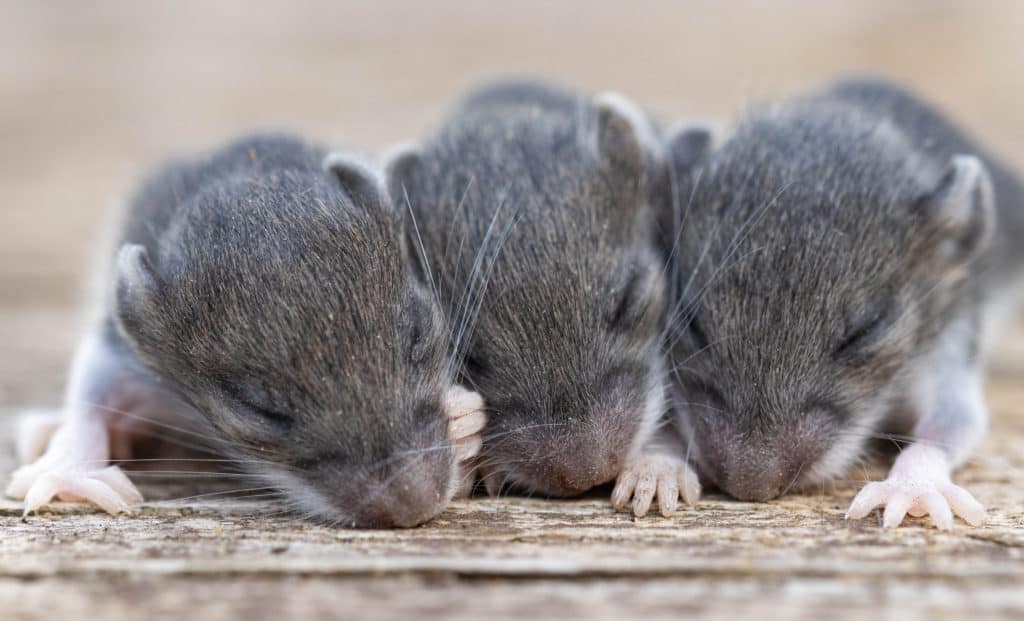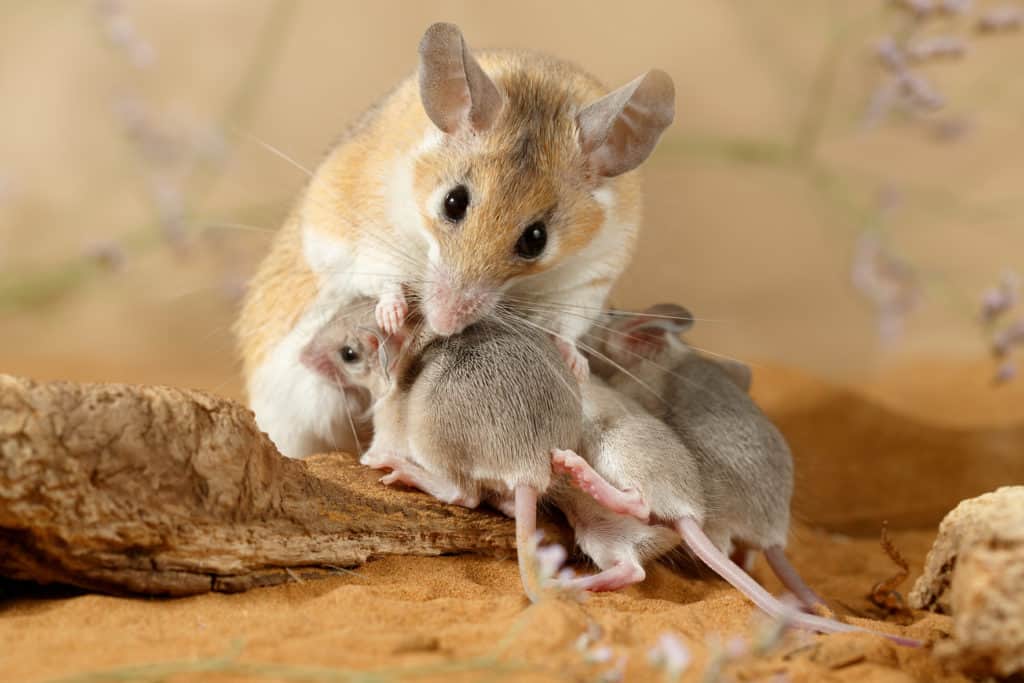Baby Mouse Tears Used in New, Natural Pest Control
Baby Mouse Tears Used in New, Natural Pest Control
Problematic Populations
In her lifetime, a female mouse can have between 5 to 10 litters each of which consists of roughly 5 to 7 offspring. With the average life span of house mice being just over 12 months, this means that, in a single year, a female mouse can produce up to 70 children. Mice also mature between 6 to 10 weeks following their birth, meaning that the cycle of procreation repeats rapidly. Assuming that half of the mice a single female gives birth to are females who then go on to produce the same amount children (with adjustments to the numbers with respect to maturing time frames due to delays between litters), within that same year in which their mother begat them, they could potentially produce over 2,000 new offspring.
This intense population explosion of such prolific breeders makes mice a very difficult pest to combat. However, new studies have produced some shocking findings that may lead to an easy solution for controlling the populations of mice infestations.

The Smell of Birth Control
It is often said that witnessing children misbehave, scream, or cry in public makes couples turned off to the idea of having children of their own. It is a natural birth control of sorts, where the potential procreators are deterred by witnessing the distressing actions of their species’ young. Amazingly, scientists have recently discovered that female mice have a very similar response to the distress of baby mice as well. However, in their case it is not through an observation of the young ones’ actions that this affect is achieved, rather, it is through the smell of baby mouse tears.
Surprisingly, when female mice smell the tears of baby mice, they are able to pick up on particularly powerful pheromones. The pheromone known as ESP22 is only produced by baby mice aged 1 to 3 weeks. These pheromones block out the chemicals that are being produced by the sexually mature males (pheromone ESP1), essentially making them far less appealing to females. When a Japanese study was conducted to look into this, it was discovered that it resulted in a drop in birth rates among the mice. In nature, this helps the baby mice as it maintains their mother’s focus, preventing her from producing more offspring so that they can benefit from her undivided attention.
The leader of the study, Professor Kazushige Touhara of the University of Tokyo explains that, “the sex-rejecting behavior is an innate instinct, so it’s also unlikely that the mice will learn to change their behavior. It is [also] unlikely that other animals would be affected [by the use of the pheromones] because pheromones are so species specific.”

What Could This Mean for Pest Control?
Scientists are currently looking into how these pheromones could be used in pest control. In theory, the pheromones could be made into a treatment that is around homes and businesses with rodent problems. This would help curb the risk of a population increase while the professionals are simultaneously working to prevent remove the mice that are already present. If successful, this could be an amazing breakthrough for natural rodent control methods.

Citations
Gabbatiss, J. (2018) Baby Mouse Tears Could Be Used to Create ‘Natural Pest Control,’ Scientists Say, Independent. Available at: https://www.independent.co.uk/news/science/mouse-baby-tears-pest-control-study-university-tokyo-science-biology-a8602516.html (Accessed: September 2020).
House Mouse Prevention and Control (no date) Illinois Department of Public Health. Available at: http://www.idph.state.il.us/envhealth/pchousemouse.htm (Accessed: September 2020).

